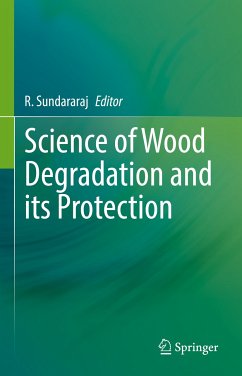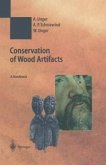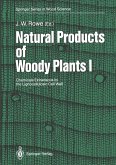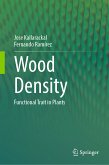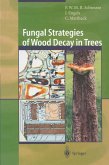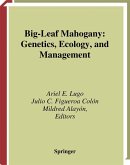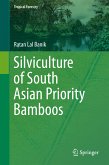This edited book covers all aspects of wood degradation from its formation and growing in trees to its end usages when it is put into human usage. Wood is an age-old traditional fascinating material with a sensory-rich immersive experience that kindles aesthetics and creativity. The utility, durability, and functionality of wood render it a cosmopolitan material. It constitutes an integral part of human lives from ancient times to modern societies being used by various sectors viz., construction, furniture, panel products, paper and pulp, sports goods, agricultural implements, etc., Wood, being a biological material, is susceptible to degradation both by physical and biological means, and the need to protect the wood and prevent heavy economic losses constitutes a major challenge. Also, wood formed by the trees is the major sinks of carbon and the carbon remains locked-up for the life of the wood, thereby serving as important tool to mitigate the climate change. But the carbon stored in wood returns to the atmosphere when it degrades and will have positive effect on climate change. Hence, wood protection aiming for extending the service life of wood plays a key role in locking the carbon for a longer period in the wood and also substantially reduce the demand and depletion of forest resources. The book focuses on wood as an important natural bio-resource, inventory of wood protection, usage, utilization, preservatives, protection technologies and wood protection from all forms of degradation. Special focus is given on the eco-friendly way of protecting wood and its importance in mitigating climate change. The book is useful for Indian and international readers, who are working in wood domains. It is of interest to wood technologists, teachers, researchers, climate change scientists, capacity builders, and policymakers. It is of immense importance as a guide and study material to the graduate and postgraduate students of wood science in various universities of India and abroad.
Dieser Download kann aus rechtlichen Gründen nur mit Rechnungsadresse in A, B, BG, CY, CZ, D, DK, EW, E, FIN, F, GR, HR, H, IRL, I, LT, L, LR, M, NL, PL, P, R, S, SLO, SK ausgeliefert werden.

